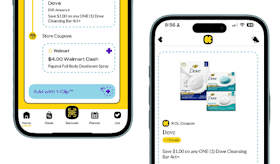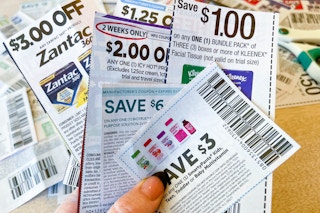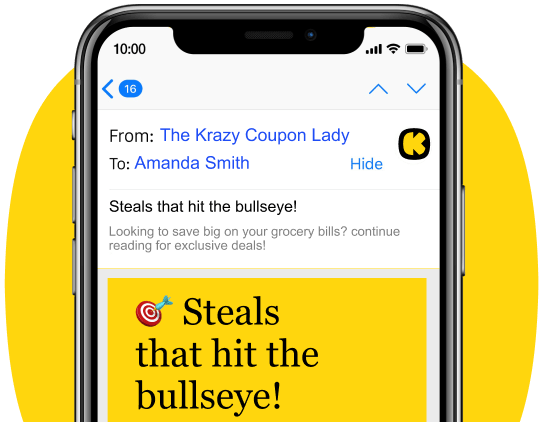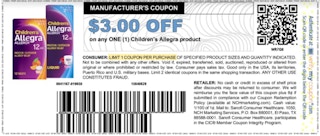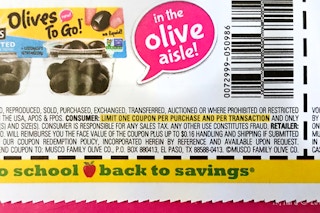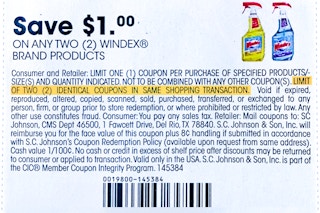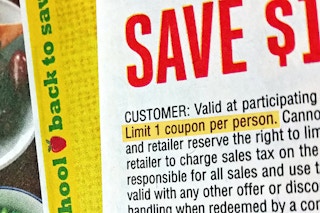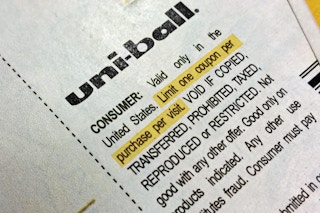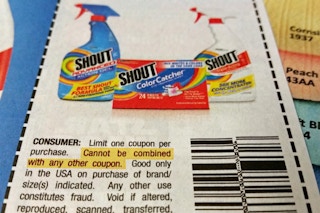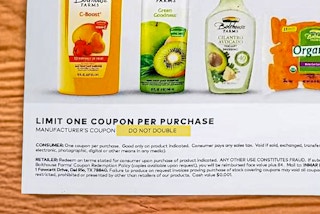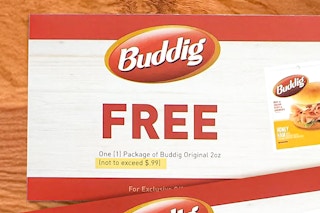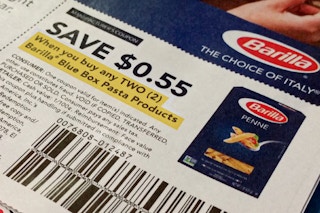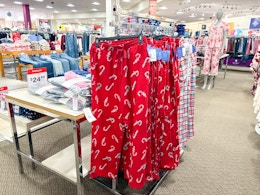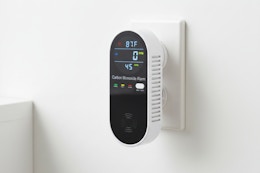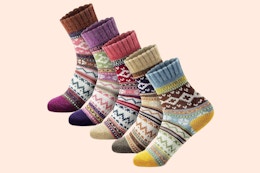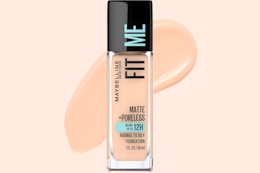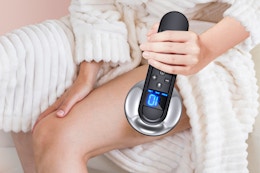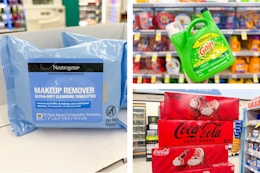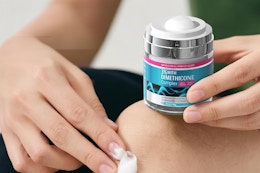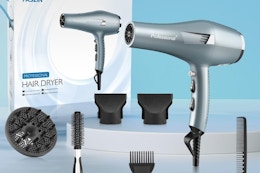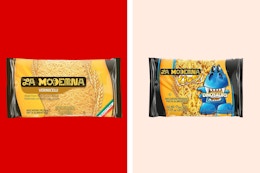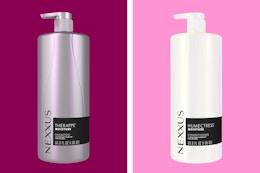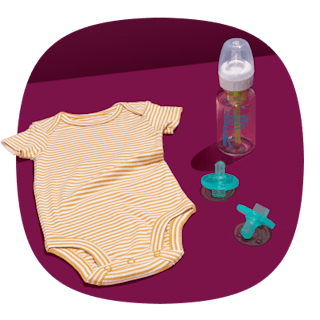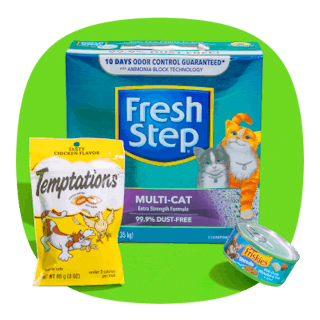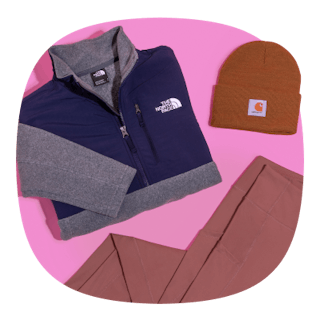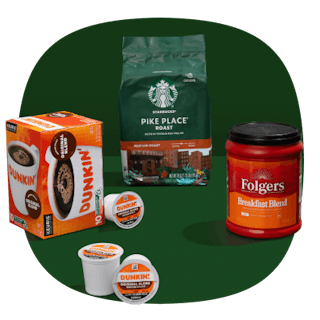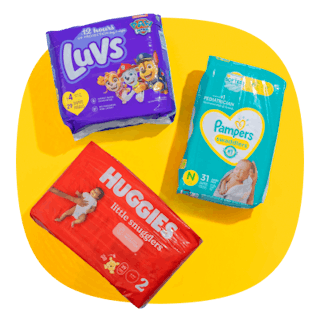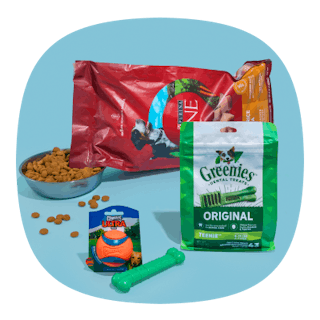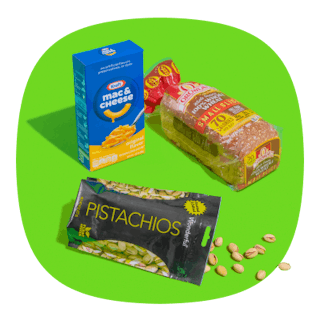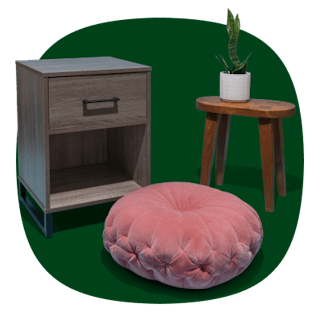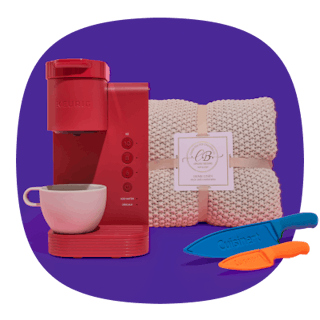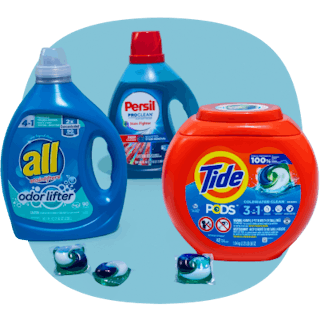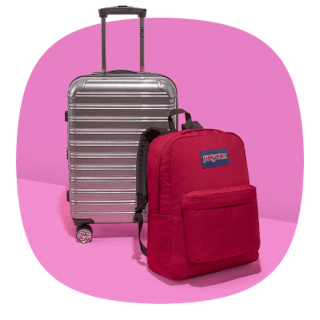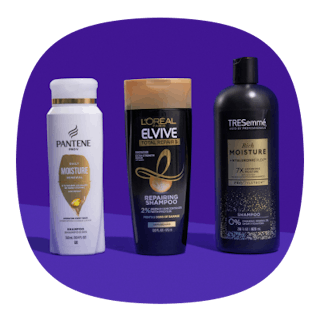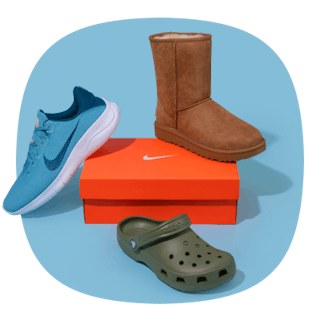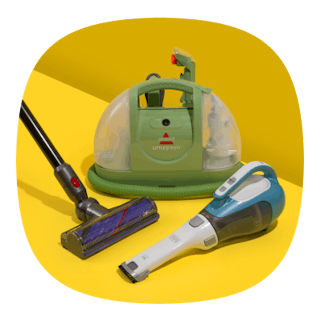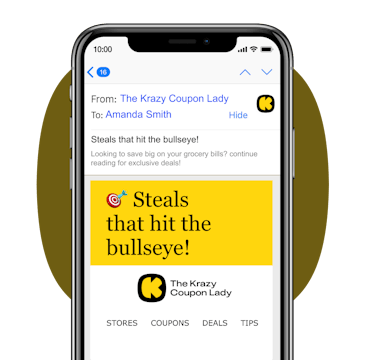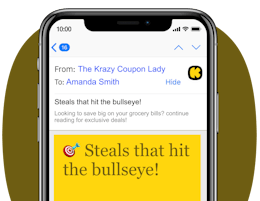Nobody really enjoys reading the fine print on anything, but when it comes to couponing, it's a total game changer. By understanding the fine print — and differences like "limit one coupon per purchase" vs. "one coupon per transaction" — you can avoid awkward situations at checkout, make sure you're getting the right deals, and create a more accurate shopping budget.
Don’t worry. I'm going to help you fully understand this language. After reading this, you’ll be confident using these coupon rules, and then you can start exploring how to stack coupons for even bigger savings. Ready to build your coupon stockpile? We've got a whole list of companies that will give you free coupons.
If you’re not couponing yet, you’re missing FREE deals. Download the KCL app now .
Why Coupon Fine Print Matters
Listen, coupon fine print isn't there to trick you. It's there to set clear rules. And understanding those rules helps you with all this:
-
Avoid embarrassing checkout surprises.
-
Plan your shopping trips better (especially if you're planning your very first couponing trip).
-
Max out your savings the right way.
-
Know exactly how many items you can buy with your coupons.
Anatomy of a Coupon
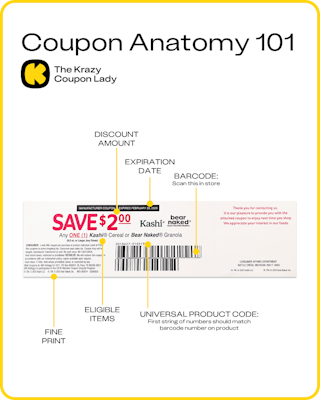
Before we dive into specific rules, let's talk about what you're actually looking at when you hold a coupon (or view it on a screen).
Understanding Coupon Types: Manufacturer vs. Store
The first thing you've got to figure out is whether you're holding a manufacturer coupon or a store coupon. This is huge because it affects how you can stack coupons and where you can use them.
Manufacturer coupons are made by the company that makes the product, and they'll say "manufacturer's coupon" somewhere on them. These are your best friends because you can use them at any store that accepts them. You'll find these in Sunday newspaper coupon inserts, on printable coupon websites, or digitally in store apps like CVS and Target.
Store coupons are made by specific stores and can only be used at that retailer. These usually give you dollars off or percentages off certain categories or products. Here's a cool trick I've learned: some stores will actually accept competitor coupons. For example, my local Publix accepts Winn-Dixie coupons, so if Winn-Dixie has a $5 off $30 store coupon, I can use it at Publix instead. Pretty great, right?
Knowing your coupon type is everything because it determines whether you can stack multiple coupons on one item. And trust me, stacking (using more than one coupon on one item) is where the real magic happens.
Usage Limits: How many coupons can you actually use?
"Limit one coupon per purchase" means you can use one coupon per individual item you're buying.
When you see "limit one coupon per purchase" in that tiny print, it means you can use one coupon per individual item you're buying. Think of "purchase" as each specific product you grab off the shelf.
Here's How This Plays Out: if you've got two $3 off Children's Allegra product coupons and you're buying two, you can use both coupons — one per box. What you can't do is try to use two identical coupons on the same box to double your discount. Nice try, but the rule stops you from stacking identical coupons on one product.
And if the fine print were to require you to buy two Children's Allegra products in order to get the $3 off, you'd only be able to use one coupon per two boxes purchased.
"Limit one coupon per transaction" means you can only use one of these coupons per checkout, although you could still stack it with a store coupon.
OK, this one trips people up all the time, but it's way different from "per purchase." "Limit one coupon per transaction" means you can only use one of these specific coupons per checkout, no matter how many items you've got in your cart.
Here's How This Plays Out: Let's say you want two packages of these Olives To Go, and you've got two identical store coupons that say "limit one per transaction." To use both Olives To Go coupons, you'd need to do two separate checkouts. Buy one package, use one coupon, pay, and then start fresh for the second package with the second coupon. Yeah, it's a little extra work, but those savings add up fast.
But here's where it gets interesting: you might still be able to stack a manufacturer coupon with a store coupon in the same transaction. If you've got a store coupon and a manufacturer coupon, both saying "limit one per transaction," you can often use both on the same item because they're different types of coupons. That's not breaking any rules — that's just being smart about it.
"Limit of 2 like coupons" means you can only use two identical coupons in one shopping trip or transaction.
When you see this fine print, it means you can only use two identical coupons in one shopping trip. The company's basically saying, "We're cool with you stocking up, but don't clear out our entire display in one visit."
Say you've got two $1 off coupons that each require you to buy two bottles of Windex. You can use two coupons max per trip, letting you grab four bottles total and saving you $2. Want more bottles? You'll need to make another trip or split it into multiple transactions (and use additional copies of the coupon). It's all about playing the long game.
"One per person" or "one per customer" means you can only use one of these coupons per individual person.
This one's pretty straightforward: use only one of these coupons per individual person, ever. If you've got four of the same coupon with this rule, you can't use more than one. But here's a little trick: you can ask your partner, kid, or friend to use the extras for you, as long as it doesn't say "per household."
I'll be honest — if it just says "per person," I'm totally handing a coupon to my kid at checkout. Until they make it clearer, that's fair game in my book.
"One per visit" means you can only use one coupon per visit to the store.
"One per visit" means you can only use one identical coupon per store trip. Got multiple copies with this restriction? You'll need to make another trip to use them.
Some people think walking out to their car and coming back counts as a new visit, but that's pushing it. The store manager gets to decide what flies, and it's better to just plan another trip than argue about it at checkout.
Special Restrictions You Need to Know
"Cannot be combined with any other coupon" means you can't use two manufacturer coupons together.
This phrase confuses lots of people, but it's actually pretty simple. When a manufacturer coupon says "cannot be combined with any other coupon," it doesn't mean you can't use a store coupon on the same item. It just means you can't stack two manufacturer coupons together.
Here's How I Use This: I'm at Walgreens and have a manufacturer Shout coupon and a store coupon for the same stain remover. I can totally use both because they're different types, and Walgreens lets you stack one manufacturer coupon with one store coupon per item.
What doesn't work is trying to use two different manufacturer coupons on the same bottle. If I've got a $1 off manufacturer coupon that says "cannot be combined" and a $2 off manufacturer coupon, I've got to pick one. Easy choice — I'm going with the $2 off.
"Do not double" means even if a store doubles, that coupon won't.
Some stores double manufacturer coupons up to a certain amount, giving you twice the savings. But when you see "do not double," the manufacturer won't pay the store back for that extra discount, so they probably won't double it.
Here's What Happens: I've got a $1 off Bolthouse Farms coupon (by filling out their contact form), and I want to use it at Albertsons, a store that sometimes lets you double coupons (during certain promotions). But instead of getting $2 off, I'll only get $1 off because the coupon says "do not double." You'll usually see this on coupons worth more than $0.50.
KCL TIP: We found 50+ companies that will send you free high-value coupons if you write to them.
"Not to exceed" on coupons will cap your savings at a specified value.
Coupons sometimes cap how much the free (or discounted) item can be worth. When you see "not to exceed $0.99" or "up to $0.99," that's your limit. And you'll likely be responsible for the difference.
Here's What Happens: I got a coupon good for one free package of 2-ounce Buddig deli meat from filling out their contact form. The coupon fine print says "not to exceed $.99", which is fine since the Buddig package costs $0.78 at Walmart near me. That means I'll get the free package with no additional money owed.
But one time, I learned my lesson when I used a BOGO Olay coupon that said "up to $8." The shelf price at Rite Aid was $8.99, so I ended up paying full price for one plus $0.99 for the "free" one. The coupon covered $8 of the second item, but I was stuck with the extra $0.99.
Coupons stating "Available at Walmart" can be used at other stores too (like Target).
In some cases, coupon fine print also tells you where to shop. But phrases like "Available at Walmart" are just a suggestion if it's a manufacturer coupon. You can use it anywhere that takes manufacturer coupons.
But if the fine print states something like "redeemable only at Target", that means Target only, no exceptions.
KCL TIP: "Only at [Store Name]" usually means the product itself is exclusive to that store. Sometimes it's worth holding onto these coupons until other stores start carrying the item, because competition can drive prices down more than your coupon saves.
Keep in mind that the pictured item isn't necessarily what you have to buy.
One of the biggest mistakes I see new couponers make is thinking the product photo shown on the coupon determines what you can buy. That picture is just for show. You need to read the actual words to see which items are covered by the coupon.
I've seen people pass up great deals because a Barilla coupon showed penne pasta in the picture, but the text said "any TWO Barilla Blue Box products." They thought they could only get penne when they could've grabbed any pasta shape they wanted.
Most of the time, you've got way more options than that picture suggests. The text is where the real info lives, so always read it carefully.
Related Reading:
Download the KCL app to add and redeem coupons in store
